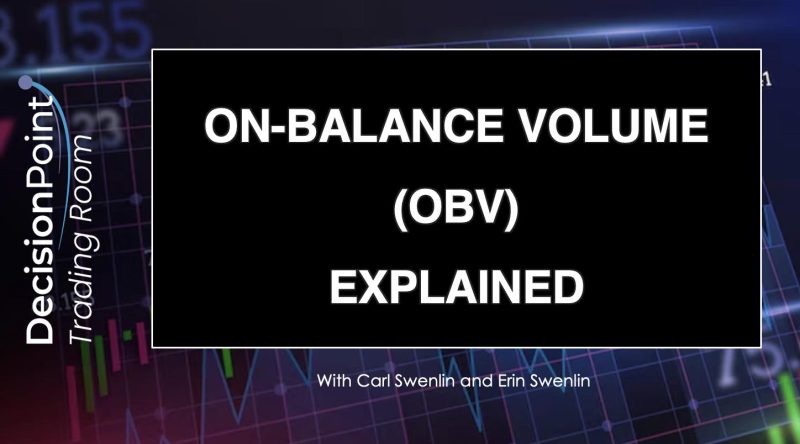Day trading can be a highly challenging yet rewarding endeavor for individuals looking to capitalize on short-term market fluctuations. One powerful tool that day traders often use to gain insights into market momentum and potential trend reversals is On-Balance Volume (OBV). In this article, we will delve into the intricacies of OBV and how it can be effectively utilized in a day trading setting.
At its core, On-Balance Volume is a momentum indicator that combines price and volume to measure buying and selling pressure. Developed by Joseph Granville in the 1960s, OBV aims to provide traders with a visual representation of market sentiment by adding or subtracting volume based on price movements. The basic premise is that volume precedes price movement, and OBV can help traders spot divergences between the indicator and price action.
One key concept to understand when using OBV is the idea of accumulation and distribution. When the OBV line is rising, it suggests that there is more volume on days with upward price movements, indicating accumulation by buyers. Conversely, a declining OBV line signals that there is more volume on days with downward price movements, implying distribution by sellers. By analyzing these trends, traders can gain valuable insights into potential shifts in market direction.
In day trading, OBV can be particularly useful for identifying divergences between the indicator and price movement. For example, if the price of a stock is making higher highs, but the OBV line is making lower highs, this could indicate weakening buying pressure and foreshadow a potential trend reversal. Similarly, if the price is making lower lows while the OBV line is making higher lows, it may signal accumulation and a possible trend reversal to the upside.
To effectively incorporate OBV into your day trading strategy, it is important to use it in conjunction with other technical indicators and tools. Combining OBV with indicators such as moving averages, relative strength index (RSI), or trendlines can help confirm signals and filter out false or misleading information. Additionally, implementing proper risk management techniques and setting stop-loss orders can help mitigate potential losses in volatile day trading environments.
In conclusion, On-Balance Volume is a valuable tool for day traders seeking to gauge market sentiment and identify potential trend reversals. By understanding the fundamentals of OBV and incorporating it into a comprehensive trading strategy, traders can leverage this indicator to make informed decisions and enhance their overall trading performance in fast-paced market conditions.

